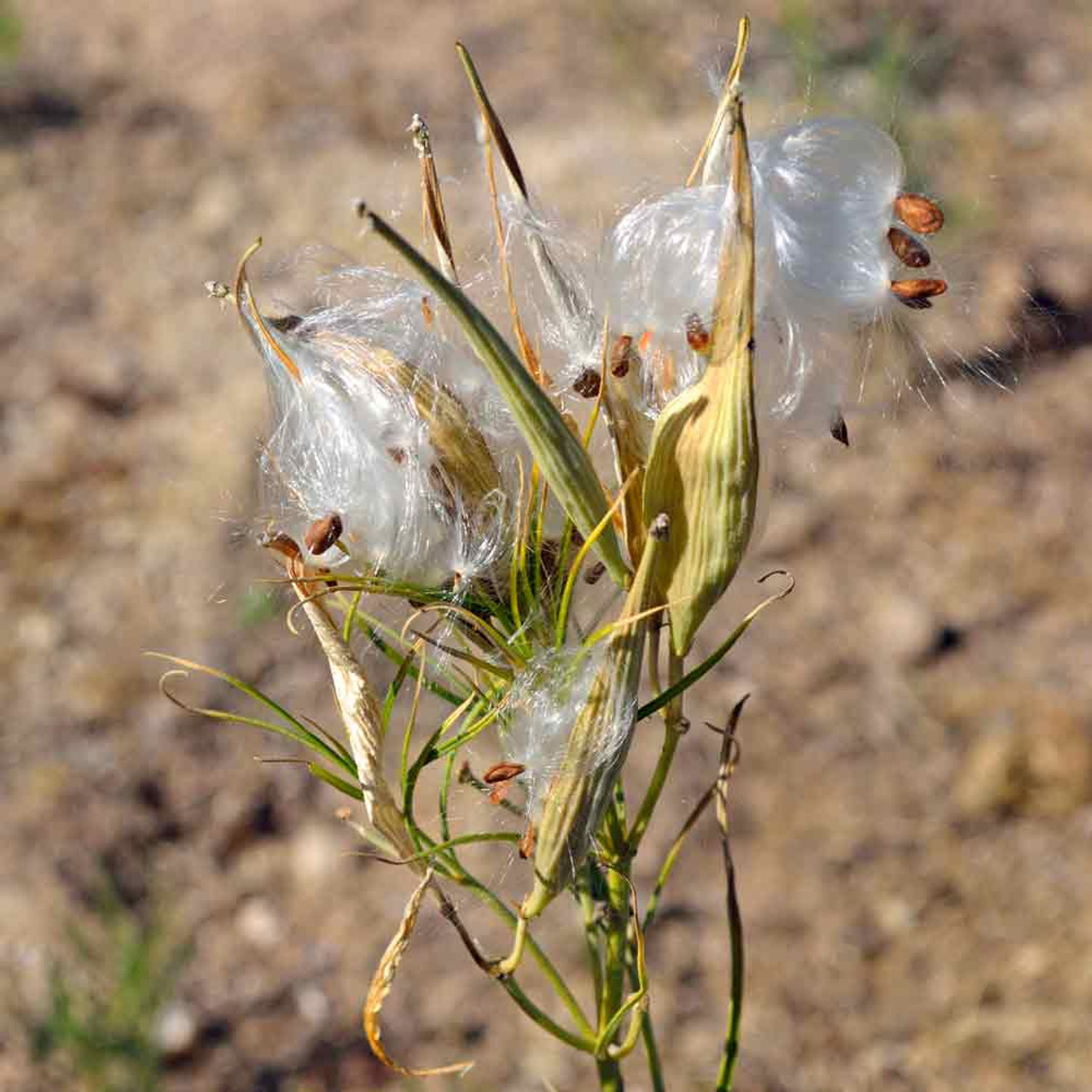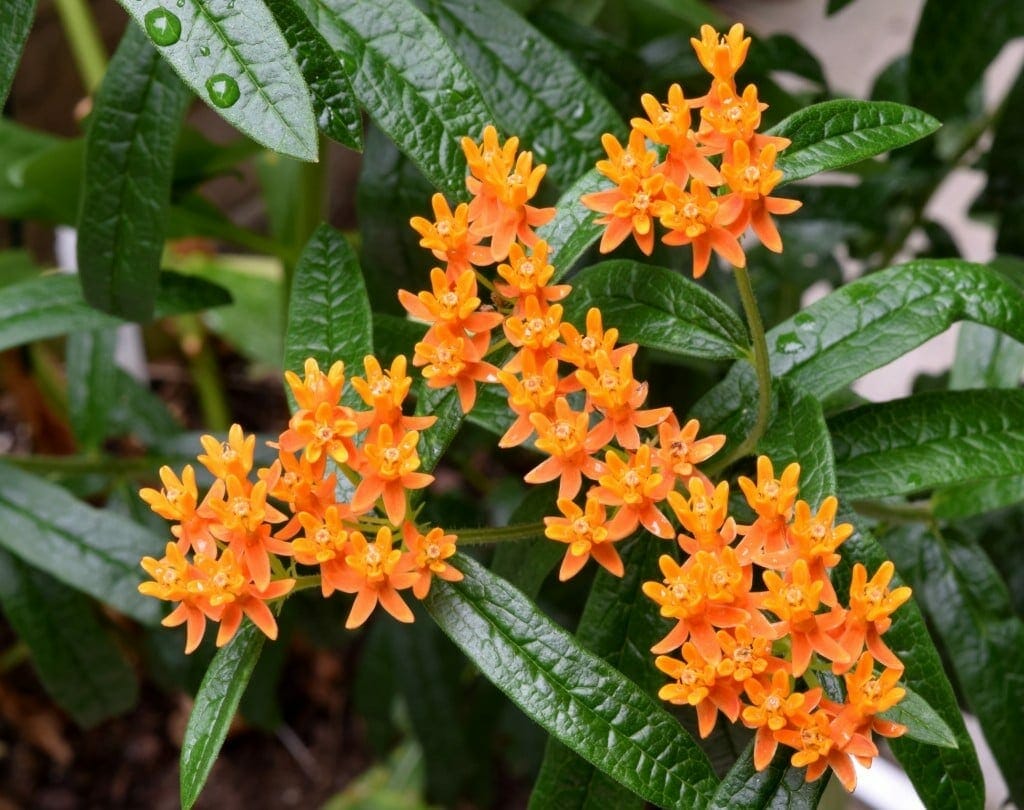Milkweeds: The Beauty And Benefits Of A Neglected Garden Plant
Milkweeds are a diverse group of plants that are found all over the world. They are known for their milky sap, which is poisonous to most animals. However, milkweeds are an important food source for monarch butterflies, which lay their eggs on milkweed plants. Monarch butterflies are declining in population, and milkweeds are an important part of their conservation.
In addition to being important for monarch butterflies, milkweeds also have a number of other benefits. They are attractive garden plants, and they can help to attract other beneficial insects, such as pollinators. Milkweeds are also drought-tolerant and easy to care for, making them a good choice for low-maintenance gardens.
Main Content
- The Beauty of Milkweeds
Milkweeds are a diverse group of plants, with a wide range of colors, shapes, and sizes. Some milkweeds are tall and stately, while others are small and delicate. There are milkweeds with white, yellow, pink, purple, and orange flowers. Some milkweeds have smooth leaves, while others have hairy leaves.
No matter what their appearance, milkweeds are all beautiful plants. They add a touch of elegance and exoticism to any garden.
- The Benefits of Milkweeds
In addition to their beauty, milkweeds also have a number of benefits. They are an important food source for monarch butterflies, which are declining in population. Monarch butterflies lay their eggs on milkweed plants, and the caterpillars that hatch from these eggs feed on the milkweed leaves.
Milkweeds are also attractive to other beneficial insects, such as pollinators. Pollinators, such as bees, butterflies, and hummingbirds, help to pollinate flowers, which is essential for plant reproduction.
Milkweeds are also drought-tolerant and easy to care for. This makes them a good choice for low-maintenance gardens.
- How to Grow Milkweeds
Milkweeds are relatively easy to grow. They can be planted from seed or from nursery plants. Milkweeds prefer full sun and well-drained soil. They are not particularly fussy about soil pH, but they will do best in slightly acidic soil.
Milkweeds need regular watering, especially during the first year after planting. Once they are established, they are more drought-tolerant. Milkweeds do not need to be fertilized, but they may benefit from a light application of compost in the spring.
Milkweeds are relatively pest- and disease-free. However, they may be susceptible to aphids and spider mites. These pests can be controlled with insecticidal soap or neem oil.
- Conclusion
Milkweeds are beautiful, beneficial, and easy-to-grow plants. They are an important part of the ecosystem, and they can add a touch of elegance to any garden. If you are looking for a new plant to add to your garden, consider a milkweed.
Milkweeds are a diverse group of plants that are found all over the world. They are known for their milky sap, which can be poisonous to humans and animals. However, milkweeds are also important food sources for monarch butterflies. In fact, monarch butterflies can only lay their eggs on milkweed plants.
If you are interested in learning more about milkweeds, I recommend visiting the website Garden Wiki. This website has a wealth of information about milkweeds, including their taxonomy, ecology, and uses. You can also find photos, videos, and articles about milkweeds on this website.
FAQ of milk weeds
- What are milkweeds?
Milkweeds are a genus of flowering plants that are known for their milky sap. They are native to North America, South America, and Europe. There are over 100 species of milkweeds, and they can grow in a variety of habitats, including meadows, fields, and forests.
- Why are milkweeds important?
Milkweeds are important for a number of reasons. They are a host plant for monarch butterflies, which are a migratory species that is in decline. Milkweeds also help to control populations of other insects, such as aphids and beetles. In addition, milkweeds can help to improve soil quality by fixing nitrogen.
- How can I get rid of milkweeds?
There are a number of ways to get rid of milkweeds. You can hand-pull them, dig them up, or use a herbicide. If you choose to use a herbicide, be sure to use one that is labeled for milkweeds and follow the directions carefully.
- Are milkweeds poisonous?
Yes, milkweeds are poisonous to humans and animals. The milky sap contains a toxin called cardiac glycoside, which can cause a variety of symptoms, including nausea, vomiting, diarrhea, and irregular heartbeat. If you or someone you know has ingested milkweed, it is important to seek medical attention immediately.
- Are there any benefits to milkweeds?
In addition to their importance to monarch butterflies, milkweeds also have a number of other benefits. They can be used to make dyes, medicines, and even food. The sap from milkweeds can be used to treat skin conditions, and the seeds can be ground into a flour that can be used to make bread or cakes.
Image of milk weeds
5 different images of milkweeds from Pinterest:
- Common milkweed (Asclepias syriaca) is a tall, leafy plant with clusters of pink or white flowers. It is native to North America and is a host plant for the monarch butterfly.

- Sweat pea milkweed (Asclepias incarnata) is a shorter plant with delicate pink or white flowers. It is native to North America and is also a host plant for the monarch butterfly.

- Horsetail milkweed (Asclepias asperula) is a spiny plant with clusters of small, white flowers. It is native to North America and is a host plant for the milkweed tussock moth caterpillar.

- Swamp milkweed (Asclepias incarnata var. speciosa) is a taller plant with showy pink or white flowers. It is native to North America and is a host plant for the monarch butterfly.

- Butterfly milkweed (Asclepias tuberosa) is a low-growing plant with clusters of orange flowers. It is native to North America and is a host plant for the monarch butterfly.

Post a Comment for "Milkweeds: The Beauty And Benefits Of A Neglected Garden Plant"